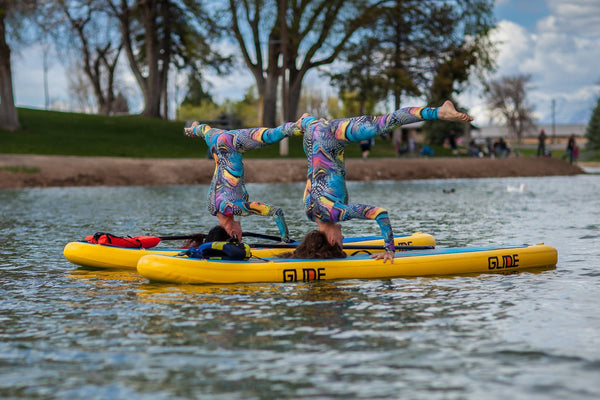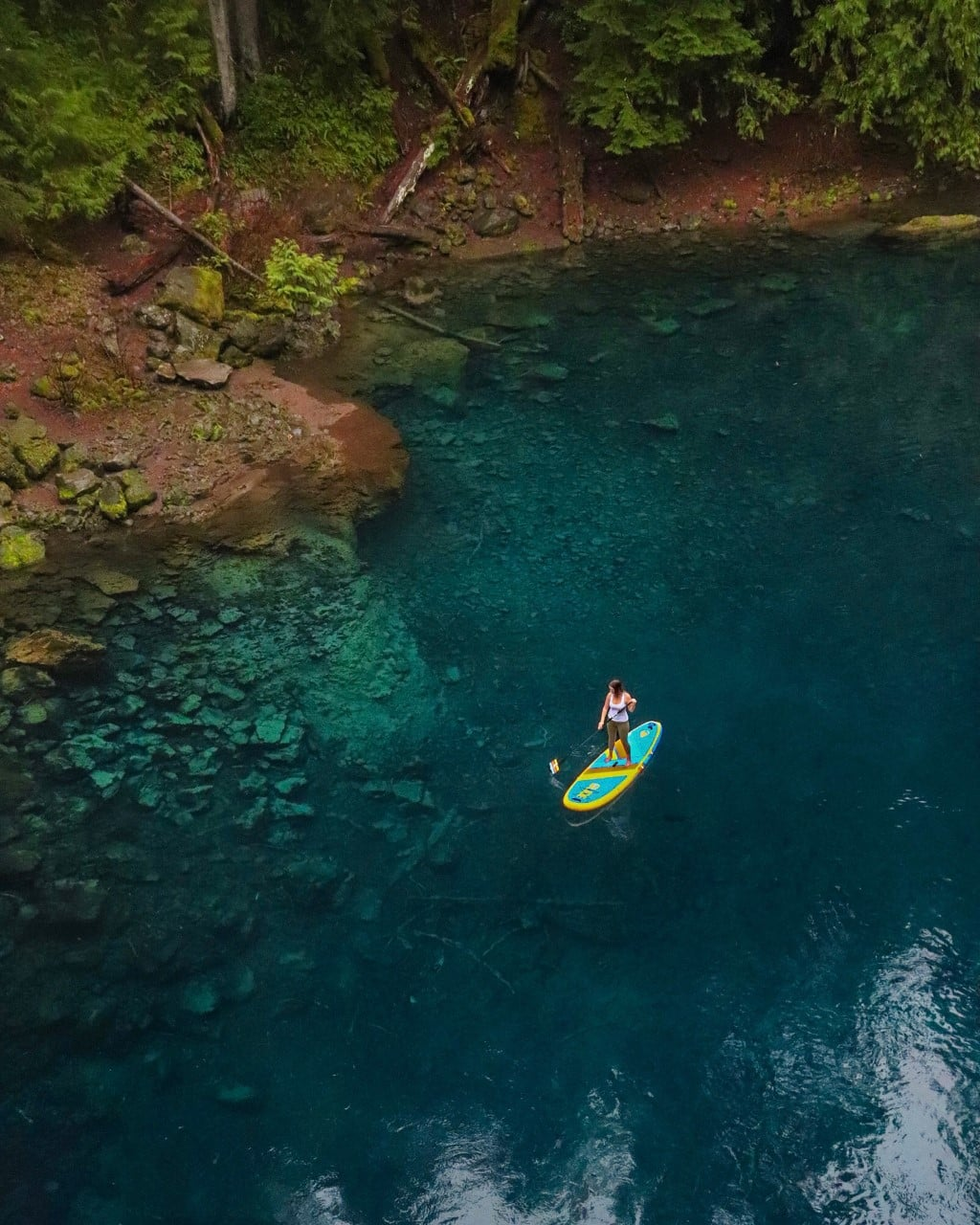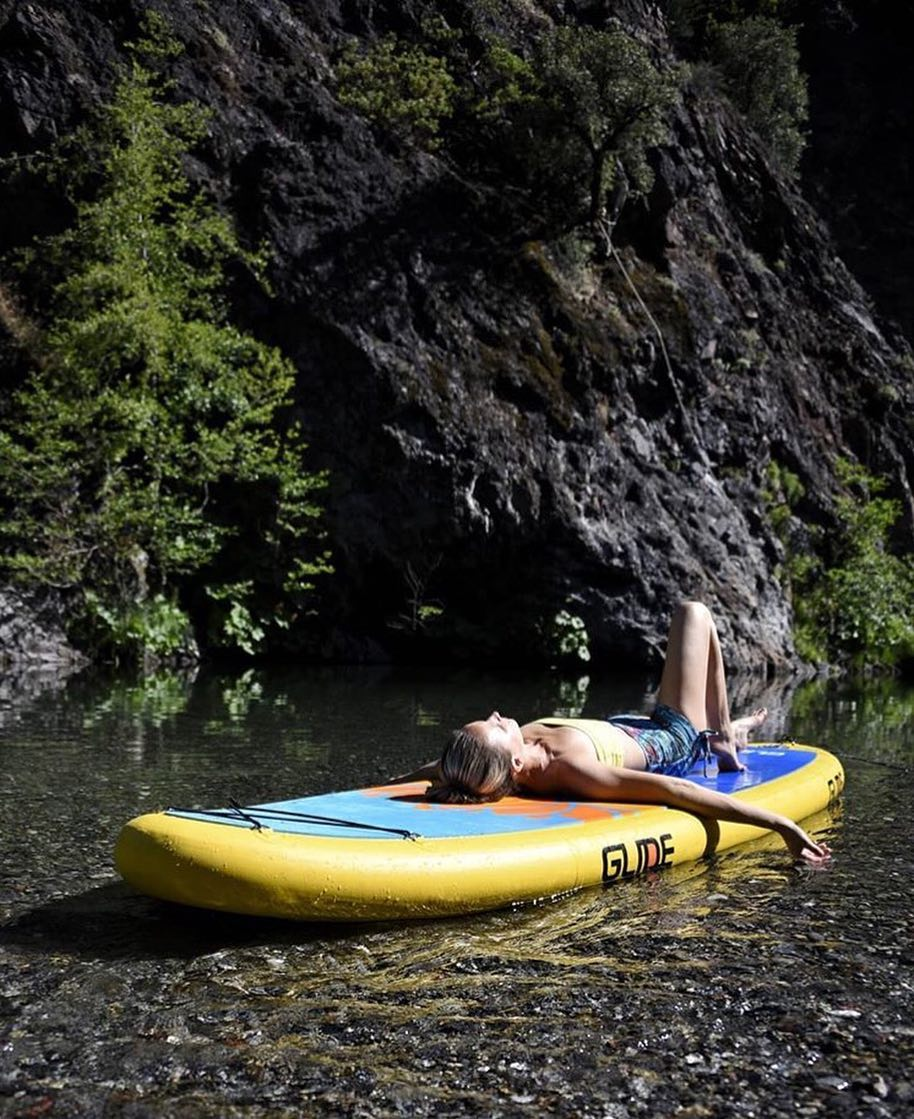
Unpacking the Magic Behind Inflatable Paddle Boards: A Deep Dive into Their Construction
Hey there, paddleboarding aficionado! Have you ever wondered what goes into making those awesome inflatable paddle boards (iSUPs) that have taken the paddleboarding world by storm? Well, you're in for a treat because we're about to take a fascinating journey into the heart of iSUP construction. Let's peel back the layers (literally) and discover the tech and innovation that have transformed these boards from pool toys into serious sporting equipment.
Key Highlights:
- Historical Evolution: Trace the development from traditional wooden boards to the modern iSUPs, highlighting the transformation in materials and design.
- Innovation in Materials: Explore the shift from single-layer to double-layer PVC and the groundbreaking introduction of fusion technology, which enhances the board's rigidity and durability without the extra weight.
- Seam and Stitch Improvements: Understand how advancements in seam welding and the use of woven drop stitch technology have contributed to making iSUPs as sturdy as traditional solid boards.
- Performance and Portability: Acknowledge the dual benefits of modern iSUPs which provide not only high performance akin to solid boards but also unmatched portability and ease of storage.
- Continued Innovations: Look at ongoing advancements in iSUP technology that promise to further improve their functionality and accessibility for all levels of paddleboarders.

Inflatable paddle boards have exploded in popularity over the last several years much like the sport of paddle boarding itself. We've seen the construction methods of paddle boards change dramatically through the years to this newest evolution. In this article, we'll discuss how the inflatable paddle boards are manufactured and compare the new construction to previous methods.
The original paddle board construction

The Evolution from Wood to Wonders
Paddleboarding's roots are deeply intertwined with the history of surfing, starting with the wooden boards used by the legendary Beach Boys of Waikiki. These boards evolved into the fiberglass wonders we know today, crafted with foam cores and coated in durable fiberglass and epoxy resin. This method, including some with wood veneers for extra toughness, set the stage for the solid boards we see on the waves.
Enter the Era of Inflatables
The game changed entirely when inflatable paddle boards burst onto the scene. Gone were the days of needing a garage full of gear; these iSUPs could be rolled up and tucked away in a closet or the trunk of your car. Initially, they struggled to match the rigidity of their solid cousins, but oh, how times have changed!

Crafting the Modern iSUP
The Leap from Single to Double Layer
Early iSUPs sported a single layer of PVC, which, while innovative, left them a tad too flexible for serious paddling. The introduction of double-layer construction upped the ante, adding durability and stiffness by gluing together two layers of PVC. This was a step in the right direction, but it also added weight.
Fusion Technology to the Rescue
The quest for the perfect balance of strength and lightness led to the development of fusion technology. This process eliminates the need for glue by fusing the PVC layers directly, resulting in iSUPs that are lighter, stronger, and ready for any adventure.
Seams and Stitches: The Backbone of Durability
With seams being a potential weak spot, the move towards fusing the outer seams was a game-changer, ensuring these boards could hold air under pressure. Additionally, the transition from knitted to woven drop stitch material meant that the core of the board was tighter and more robust, making modern iSUPs almost as rigid as solid boards.

The iSUP of Today: A Force to Be Reckoned With
Today's inflatable paddle boards are a far cry from their predecessors. They're not just for casual paddlers anymore; with the latest construction techniques, they offer a level of performance that rivals, and sometimes exceeds, that of solid boards. Whether you're a seasoned pro or just starting out, there's an iSUP out there that's perfect for your next water adventure.
Wrapping It Up: The Rise of the Inflatable Paddle Board
The transformation of inflatable paddle boards from simple inflatables to high-performance gear is nothing short of remarkable. Thanks to continuous innovation, these boards offer the perfect blend of convenience, performance, and portability. As the technology continues to evolve, it's clear that iSUPs will remain a staple in the paddleboarding community, making the sport more accessible and enjoyable for everyone.
So, next time you hit the water on your inflatable paddle board, remember the incredible journey of innovation and design that's gone into making your ride possible. Here's to many more adventures on these amazing boards that have truly changed the game in paddleboarding!


